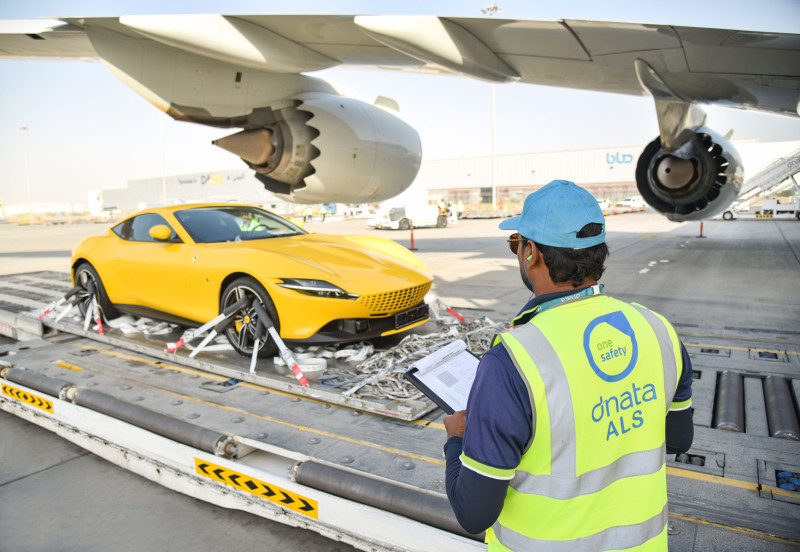
The Emirates Group has announced its strongest financial results ever for the fiscal year ending March 31, 2025, posting a record pre-tax profit of AED 22.7 billion (US$ 6.2 billion), marking an 18% increase compared to the previous year. The Group’s total revenue climbed 6% to AED 145.4 billion (US$ 39.6 billion), while cash reserves rose by 13% to reach AED 53.4 billion (US$ 14.6 billion).
Earnings before interest, taxes, depreciation, and amortization (EBITDA) also hit a new high of AED 42.2 billion (US$ 11.5 billion), reflecting strong operational efficiency.

At the forefront, Emirates airline delivered a pre-tax profit of AED 21.2 billion (US$ 5.8 billion), up 20%, alongside record revenues of AED 127.9 billion (US$ 34.9 billion). The airline’s cash holdings increased by 16% to AED 49.7 billion (US$ 13.5 billion). Emirates expanded its route network to 148 cities across 80 countries, introducing new destinations such as Bogotá and Madagascar, while resuming flights to major cities including Phnom Penh, Lagos, Adelaide, and Edinburgh.

The carrier enhanced services to 21 destinations and strengthened its global connectivity through 33 codeshare and 118 interline agreements, providing access to over 1,750 cities worldwide. Passenger and cargo capacity grew by 4% to 60.0 billion Available Ton Kilometers (ATKMs), nearing pre-pandemic levels. The fleet expanded with the addition of Airbus A350 aircraft, bringing the total to 260 planes, with an average fleet age of 10.7 years and a substantial order backlog to support future growth.
Dnata, the Group’s aviation services division, also posted solid gains, recording a pre-tax profit of AED 1.6 billion (US$ 430 million), a 2% increase, and revenues up 10% to AED 21.1 billion (US$ 5.8 billion). The division’s cash reserves stood at AED 3.7 billion (US$ 1 billion).

This fiscal year was the first affected by the UAE’s newly implemented corporate tax, resulting in a 9% tax charge and a net profit after tax of AED 20.5 billion (US$ 5.6 billion). The Emirates Group declared a dividend payout of AED 6.0 billion (US$ 1.6 billion) to its sole shareholder, the Investment Corporation of Dubai. Additionally, employees will benefit from a record bonus equivalent to 22 weeks’ salary.
Chairman Sheikh Ahmed bin Saeed Al Maktoum attributed the Group’s exceptional performance to strong leadership, a resilient business model, and Dubai’s dynamic economic environment. He highlighted plans to reinvest profits into enhancing customer experience, employee welfare, and technological advancements to maintain the Group’s competitive edge.

Emirates’ ongoing network expansion, operational excellence, and premium service focus have solidified its status as the world’s most profitable airline and positioned the Emirates Group as the leading global aviation group for the 2024-25 financial year.

.jpg)
.jpg)





.jpg)
.jpg)
.jpg)




.jpg)
.jpg)
.jpg)
.jpg)



.jpg)

.jpg)

.jpg)
.jpg)
.jpg)




 (1).jpg)
.jpg)
.png)
.jpg)




.jpg)
.jpg)
.jpg)
.jpg)
.jpg)
.jpg)
.jpg)
.jpg)
.jpg)